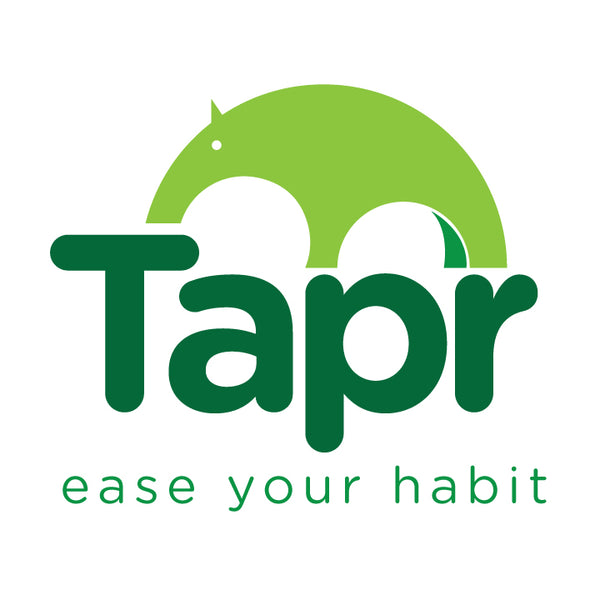Why Day 21 Is Make-or-Break: The Critical Neural Rewiring Window Most People Miss
Share

Most people who relapse after successfully quitting cannabis do so around day 21. Not day 3, when withdrawal peaks. Not day 7, when cravings are strongest. Day 21 - when they feel "normal" again. This isn't coincidence. It's neurobiology.
The Dangerous "Pink Cloud" Phase
Around week 3, many quitters experience what addiction specialists call the "pink cloud":
- Energy returns
- Sleep normalizes
- Mood stabilizes
- Cravings seem manageable
You feel like you've won. That's exactly when you're most vulnerable.
What's Actually Happening in Your Brain
Receptor Upregulation: By day 21, your CB1 receptors have increased by approximately 20%. You're more sensitive to cannabis than you've been in years.
Dopamine Rebalancing: Natural dopamine production is returning but hasn't fully stabilized. Your reward system is hypersensitive.
Memory Reconsolidation: Your brain is actively rewriting drug-related memories. This process makes you temporarily more susceptible to trigger responses.
Why Week 3 Relapse Hits Different
Using on day 21 isn't like using on day 3:
- Amplified High: Increased receptors mean cannabis hits harder
- Stronger Encoding: Your "clean" brain creates more intense memory formation
- Rapid Re-addiction: You can return to dependent use patterns within 48-72 hours
The Day 21-30 Protocol
This isn't about white-knuckling through. It's about strategic planning for a known vulnerability.
Days 21-23: Maximum Alert
- Schedule these days completely full. Boredom is lethal here.
- Prepare meals in advance. Decision fatigue increases relapse risk.
- No alcohol. Your prefrontal cortex needs full strength.
Days 24-27: Active Rewiring
- Start a new physical skill. Your motor cortex needs fresh neural pathways.
- Journal for 10 minutes nightly. Document the subtle improvements you might miss.
- Connect with someone daily. Isolation amplifies cravings.
Days 28-30: Cementing Progress
- Reflect on the month without romanticizing past use
- Plan your day 31-60 strategy
- Celebrate without substances
Red Flags to Watch For
These thoughts signal danger during week 3:
- "I've proven I can quit, so occasional use is fine"
- "I didn't even have bad withdrawals"
- "Maybe I wasn't really addicted"
- "One month is a good tolerance break"
These aren't your thoughts. They're your addicted brain testing boundaries.
The Neuroscience of 30 Days
Why push past day 21 to 30? Critical changes happen in that final week:
- Receptor Density: Continues normalizing, reducing sensitivity
- Habit Circuits: Begin to actually weaken rather than just suppress
- Emotional Regulation: Amygdala activity stabilizes
Days 21-30 aren't about proving anything. They're about allowing biological processes to complete.
Practical Strategies That Work
Change Your Environment: Week 3 is the time for that room rearrangement or trip you've planned. Novel environments reduce trigger responses.
Track Subtle Improvements: Energy at 3pm, dream recall, reading comprehension. What you measure, you value.
Plan for Day 31: Have a specific plan for your first month milestone. Uncertainty breeds relapse.
The Bottom Line
Day 21 isn't graduation - it's halftime. Your brain is changing in ways that make you simultaneously stronger and more vulnerable.
The difference between people who stay quit and those who relapse isn't willpower. It's understanding that feeling "normal" on day 21 is actually your brain in active transition.
Respect the process. The pink cloud feels good because your brain is healing, not because you're "cured."
Push through to day 30. Your future self will thank you.
